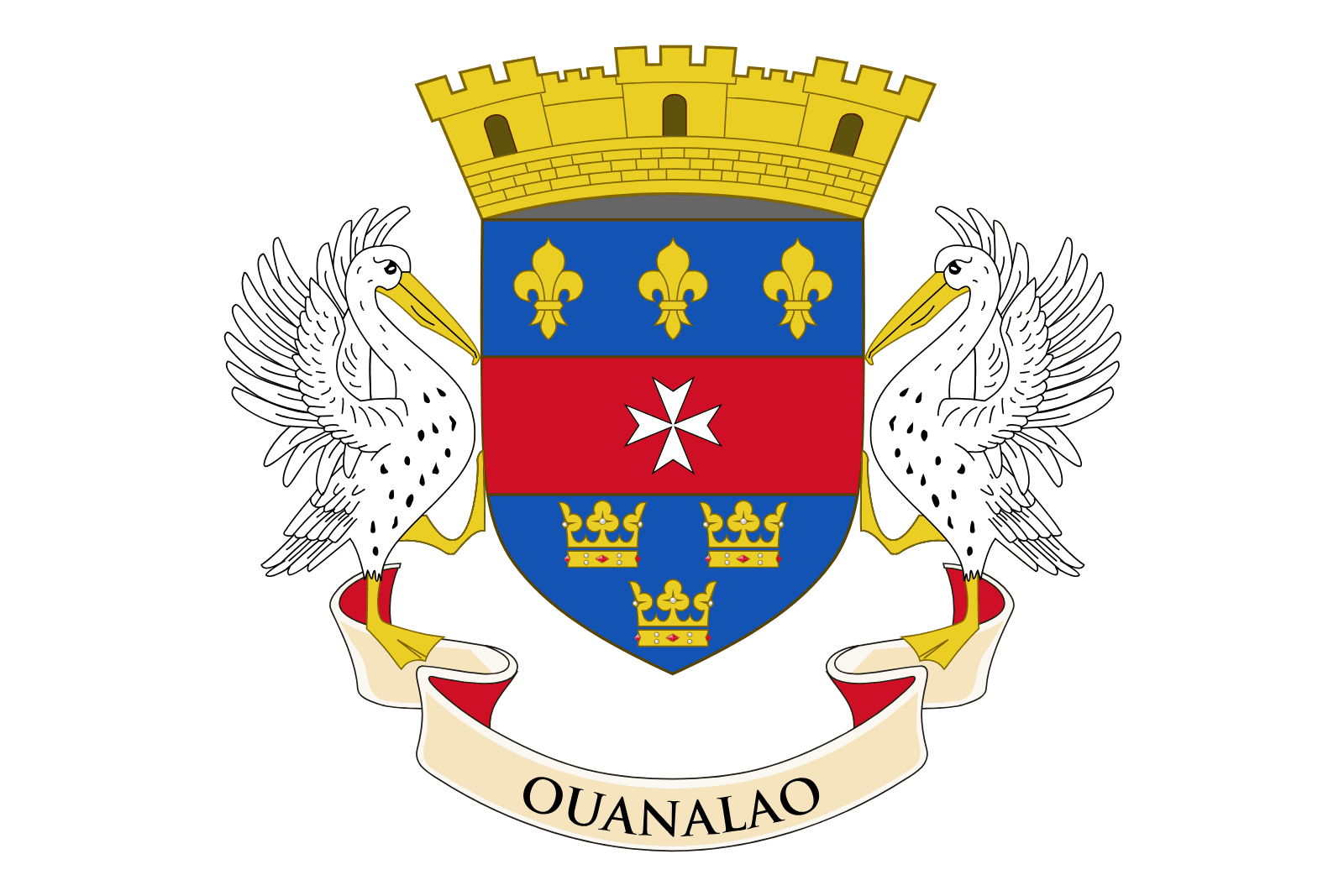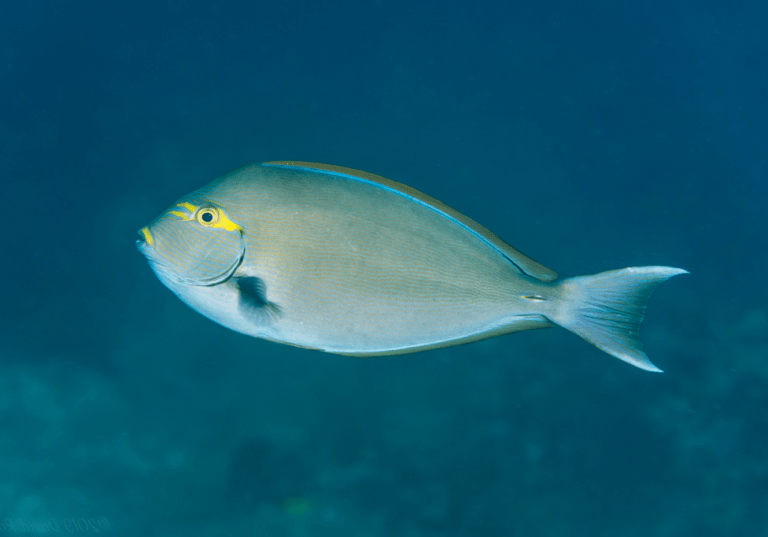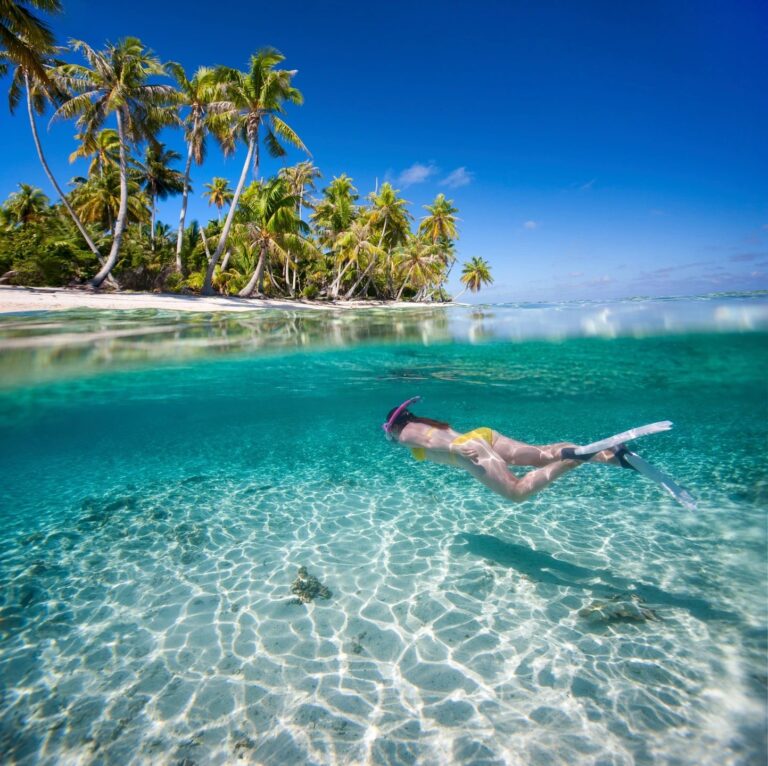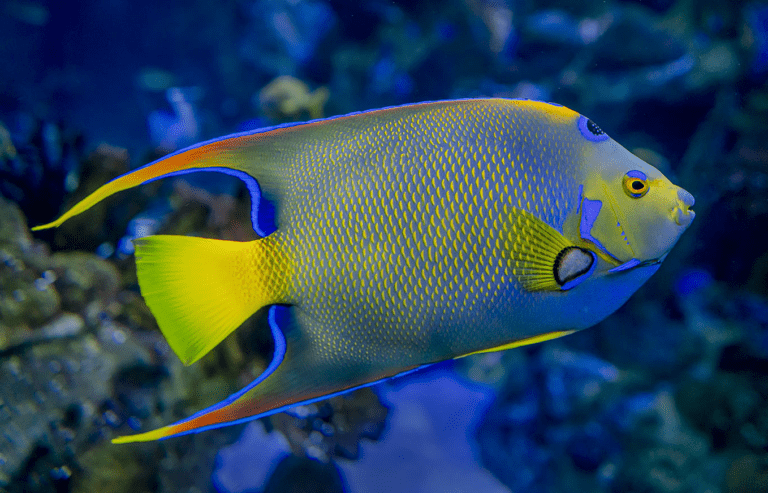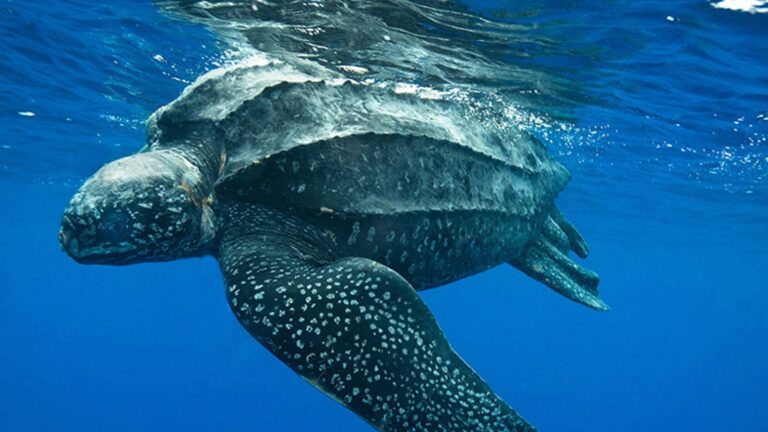Groupers in St Barths
The waters around St. Barthélemy (St. Barths) are home to several species of groupers, each contributing to the vibrant marine ecosystem. Here are some of the notable types of groupers that can be found in the region:
Nassau Grouper (Epinephelus striatus) Nassau groupers have a robust body with a distinctive color pattern that includes dark bars on a lighter background, and they often display a black saddle spot on their tail. They are typically found around coral reefs and rocky outcrops. Nassau groupers are known for their role as ambush predators, feeding on a variety of smaller fish and invertebrates.
Red Grouper (Epinephelus morio) Red groupers are characterized by their reddish-brown color and blotched or spotted pattern. They have a more elongated body compared to other groupers. They inhabit both shallow and deep reef environments. Red groupers are known for their territorial nature, often staying in a particular area for extended periods.
Tiger Grouper (Mycteroperca tigris) Tiger groupers have a distinctive pattern resembling a tiger’s stripes, with dark vertical bars on a light background. They prefer rocky and coral reef habitats. These groupers are solitary predators that feed on smaller fish and crustaceans.
Goliath Grouper (Epinephelus itajara) Goliath groupers are one of the largest grouper species, with a massive body and small eyes. They are generally brownish-yellow with small dark spots. They are found in shallow waters near coral reefs and mangroves. Goliath groupers are known for their slow movements and formidable presence. They feed on a variety of fish, crustaceans, and octopuses.
Yellowfin Grouper (Mycteroperca venenosa) Yellowfin groupers have a striking color pattern, often displaying bright yellow fins with a body that can range from greenish to reddish-brown with dark spots. They are commonly found around coral reefs and rocky ledges. These groupers are active predators, feeding primarily on fish and cephalopods.
Black Grouper (Mycteroperca bonaci) Black groupers have a dark, dusky coloration with lighter blotches and a squared-off tail fin. They inhabit both shallow and deep reef environments. Black groupers are known for their aggressive hunting style, preying on fish and crustaceans.
Graysby Grouper (Cephalopholis cruentata) Graysby groupers are small with a reddish to grayish color and numerous small dark spots covering their bodies. They prefer shallow coral reefs and rocky areas. These groupers are typically found hiding in crevices and are ambush predators.
Coney Grouper (Cephalopholis fulva) Coney groupers are small with a bright red or yellowish body, often with blue spots and a distinctive dark saddle spot on their tail. They are commonly found in shallow reef environments. Coneys are opportunistic feeders, preying on small fish and invertebrates.
Conservation and Observational Opportunities St. Barths offers excellent diving and snorkeling opportunities to observe these grouper species in their natural habitats. Conservation efforts, including the establishment of marine protected areas (MPAs) and sustainable fishing regulations, are crucial in preserving these species and ensuring the health of the reef ecosystems they inhabit. By promoting awareness and responsible tourism, St. Barths continues to protect its rich marine biodiversity for future generations to enjoy.

